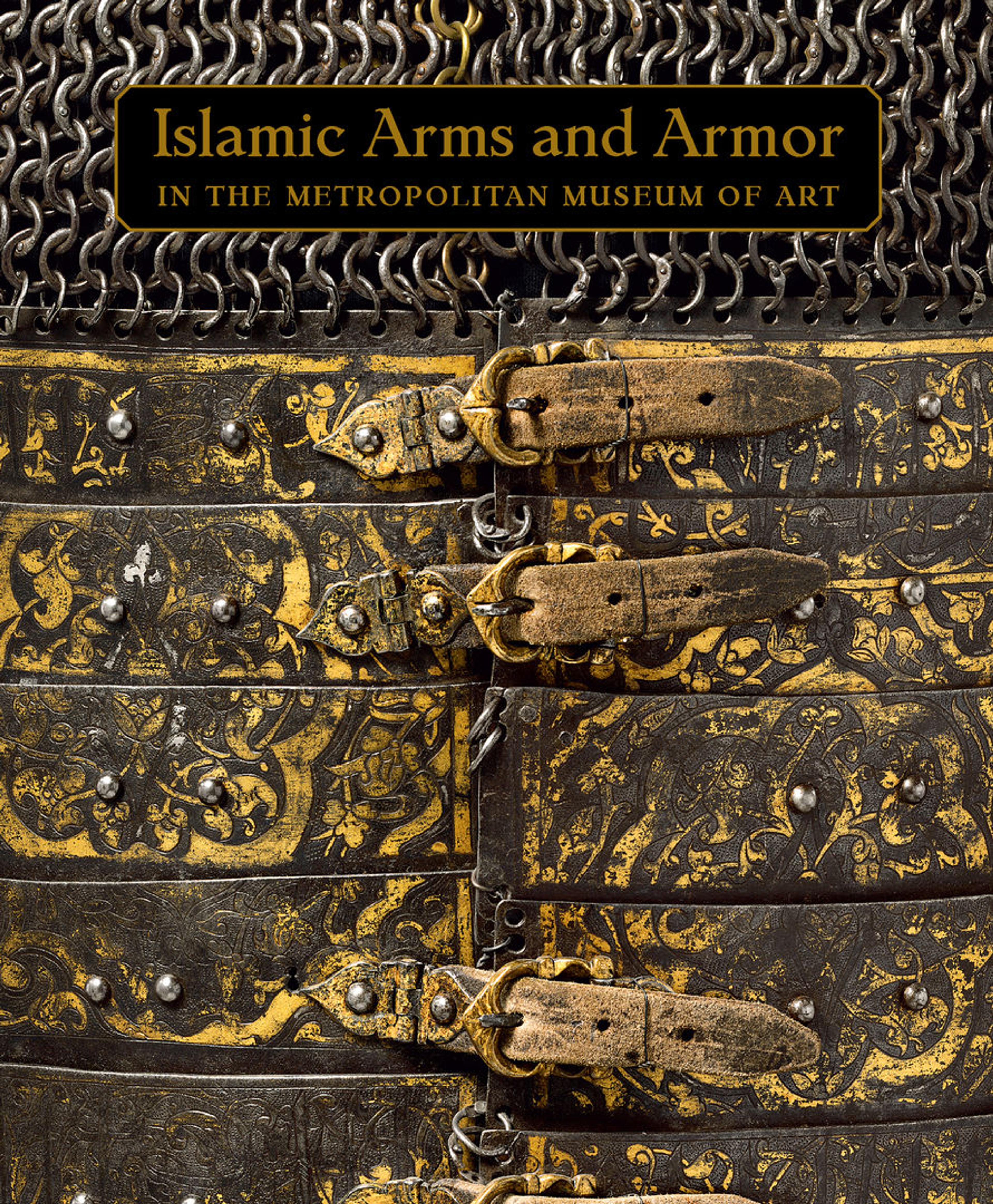Saber (Talwar) with Scabbard
The blade, of European manufacture around 1600, was inlaid later in gold. Along the back edge, there is an inscription in Arabic and Persian, and on the outer side, there is a parasol. The inscription mentions the name of the Mughal emperor Aurangzeb (reigned 1658–1717) and the sixteenth year of his reign, corresponding to 1673.
The parasol is an ancient symbol of the dome of heaven and was long used in the Middle East and India as a symbol of royal authority. A parasol mark on a blade thus signifies royal provenance and implies that the weapon belonged to a divinely appointed and protected monarch, in this case Emperor Aurangzeb.
The parasol is an ancient symbol of the dome of heaven and was long used in the Middle East and India as a symbol of royal authority. A parasol mark on a blade thus signifies royal provenance and implies that the weapon belonged to a divinely appointed and protected monarch, in this case Emperor Aurangzeb.
Artwork Details
- Title: Saber (Talwar) with Scabbard
- Date: blade, dated A.H. 835/1673 CE; hilt, 19th century
- Culture: Indian
- Medium: Steel, silver, diamonds enamel, leather
- Dimensions: L. 36 5/8 in. (93 cm); L. of blade 31 1/2 in. (80.3 cm); Wt. 2 lb. 11 oz. (1220 g); Wt. of scabbard 12 oz. (348 g)
- Classification: Swords
- Credit Line: Bequest of George C. Stone, 1935
- Object Number: 36.25.1591a, b
- Curatorial Department: Arms and Armor
More Artwork
Research Resources
The Met provides unparalleled resources for research and welcomes an international community of students and scholars. The Met's Open Access API is where creators and researchers can connect to the The Met collection. Open Access data and public domain images are available for unrestricted commercial and noncommercial use without permission or fee.
To request images under copyright and other restrictions, please use this Image Request form.
Feedback
We continue to research and examine historical and cultural context for objects in The Met collection. If you have comments or questions about this object record, please contact us using the form below. The Museum looks forward to receiving your comments.
